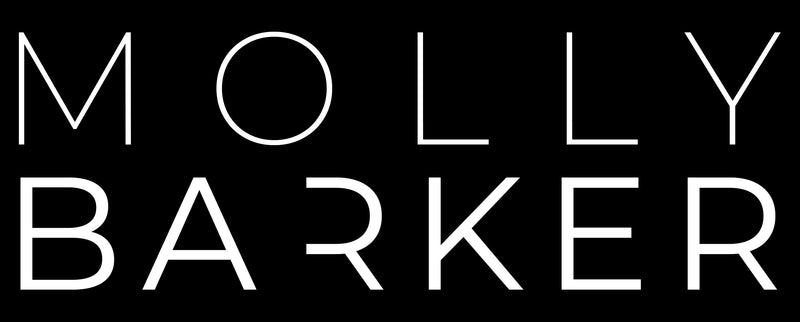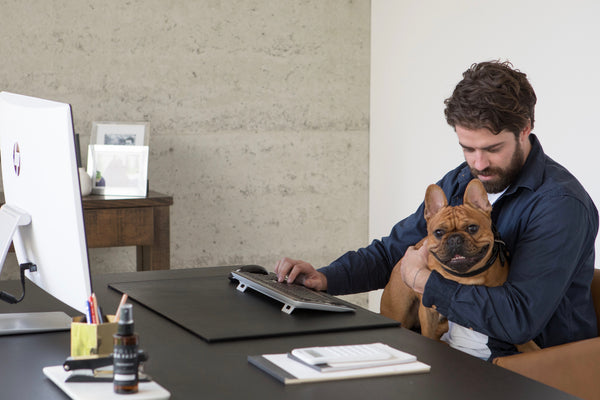How to Get Your Dog Used to You Wearing a Face Mask
From midnight tonight, Melbourne (and Mitchell Shire) residents will be required to wear face masks when in public. While it’s not compulsory to wear a musk in other areas of Australia, many are choosing to mask up when social distancing isn’t always possible.
Wearing a face mask can take a bit of getting used to, especially to ensure you’re using it correctly. But spare a thought for how your dog is feeling. You see, dogs glance up at us to get information about a situation and gain reassurance. Our facial expressions tell them how we’re feeling and in turn they respond accordingly. But with much of this visual aid removed, they can become distressed and feel threatened.
So along with leaning how to effectively use a face mask, it’s also important to find new ways to communicate with your dog and help them feel secure when you’re wearing one.
Introducing A Face Mask
No dog owner wants to see their beloved pet confused or distressed. While your dog will never understand why we use face masks, there are measures you can take to help them learn that masks are nothing to be afraid of.
The first thing to understand is that your dog may not recognise you when they first see you with a face mask on. At first glance they could assume you’re an intruder. To avoid this, it’s important to get them used to you in your mask.
Begin by covering your face with your hands while chatting to them so they know it’s you. Build up the amount of time you engage with them with your face obscured. Reward them with pats or treats so they get used to the idea that just because they can’t fully see you doesn’t mean something is wrong.

Increased Exposure
Gradually increase the amount time you wear the mask around them. Wear your mask around the house for a bit, carrying on with business as usual, that will signal that the mask doesn’t create any huge change in behaviour or routine. If possible, try this with different styles of masks. Seeing variations can help them get used to people out of the house wearing masks too.
Repeat this step a few times during the day. Aim to do this at different times too, so your dog sees you putting on your mask as a natural occurrence. And remember to take it slow and keep up the positive reinforcements. Act natural around your dog and reward their positive behaviour. Be patient and stop if your dog seems stressed or uncomfortable.

Entering A Room Wearing Your Mask
Once your dog is comfortable with the above, begin to enter rooms while already wearing your mask. Do this gradually, and make sure you continue to reward your dog.
Once they’re comfortable with this, step things up again by entering the house while wearing a mask.
Be Mindful Of Too Much Eye Contact
Dogs are visual communicators, they pick up information from your facial expressions and body language. With half of that information removed, your eyes will get all of their focus. This may cause issues because direct, intense eye contact can be intimidating to dogs. When all they see is your eyes it’s more likely that you could accidentally appear threatening. Additionally, they’re not able to see if your mouth is relaxed or smiling, which usually settles them.
Use Your Voice
Dogs might not be able to see your mouth, but they can still hear you. Your voice is a vital tool in helping them feel comfortable. Dogs like high pitched, upbeat, friendly voices. Even if they don’t know what you’re saying, they recognise this as friendly behaviour.
Make an effort to be chattier to your dog while wearing your mask to reassure them that you’re not angry or upset. Every time you find yourself smiling at them under your mask, make sure your tone reflects this and reinforce this with “good boy/girl”.
Other People’s Dogs and Face Masks
When it’s your dog, you can take the time to get them used to you in a mask. But things are tricker when you meet a dog on the street. Without time to build trust it’s important to adapt your behaviour to give them a bit of extra space.
Move slowly, speak quietly, and avoid intense eye contact. Also avoid the urge to rush in for a pat, let them come to you first and set their own pace for the interaction.
Patience Is Key
You know your dog better than anyone, and some dogs adapt better than others to changes in their environment. Be patient with your dog and with other dogs too. You may need to repeat these steps a few times, or even go back a step if your dog is feeling unsettled. But with enough perseverance, your dog will be used to seeing people wearing masks in no time!
To learn more about stopping the spread of Covid-19 and to stay up to date with the current restrictions in Victoria, we recommend following this page from the state government. In the meantime you can read more content related to Covid-19 and dogs here.

